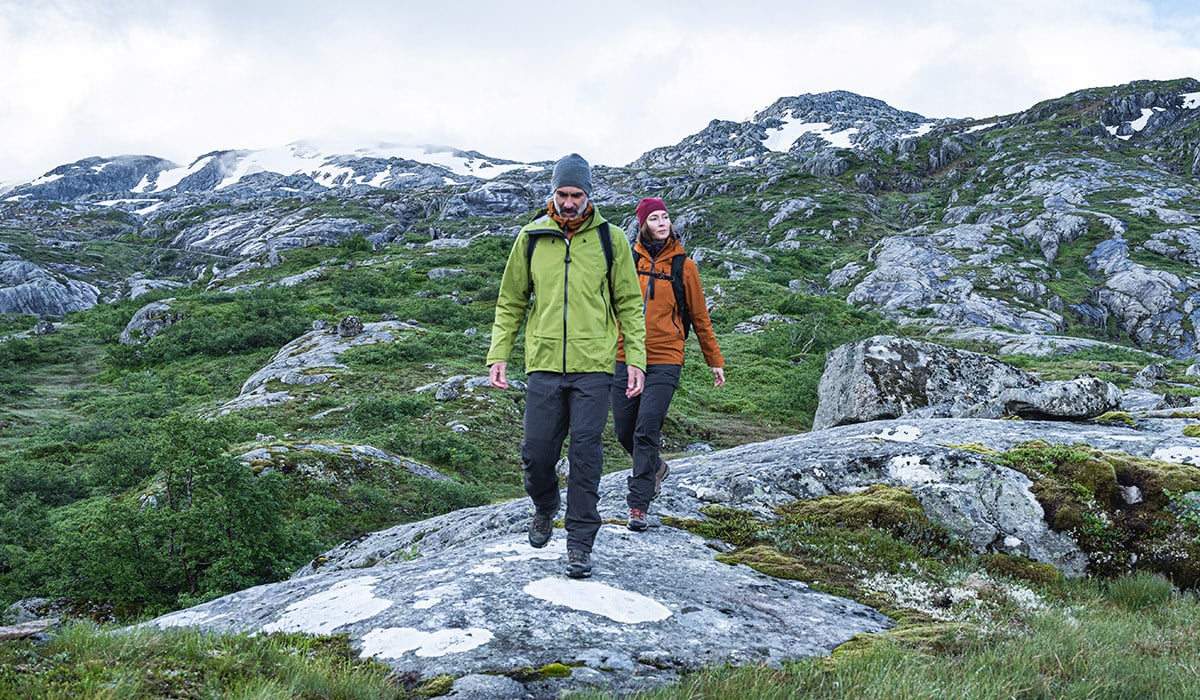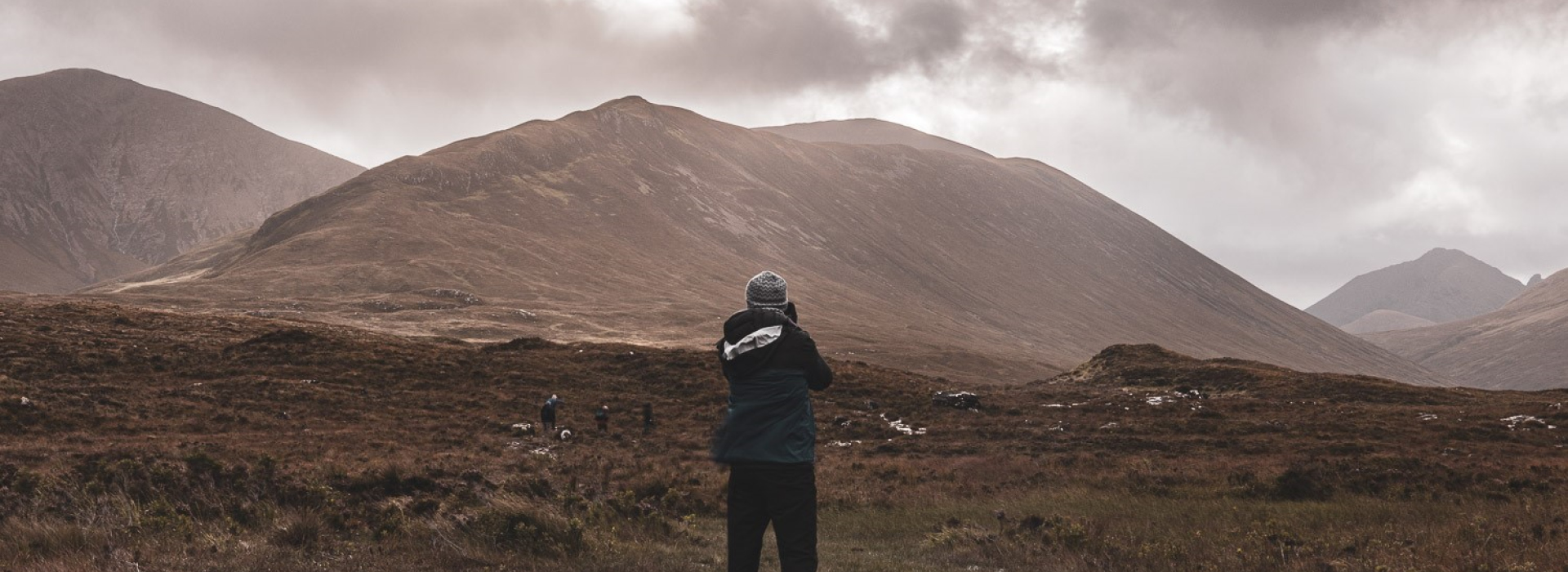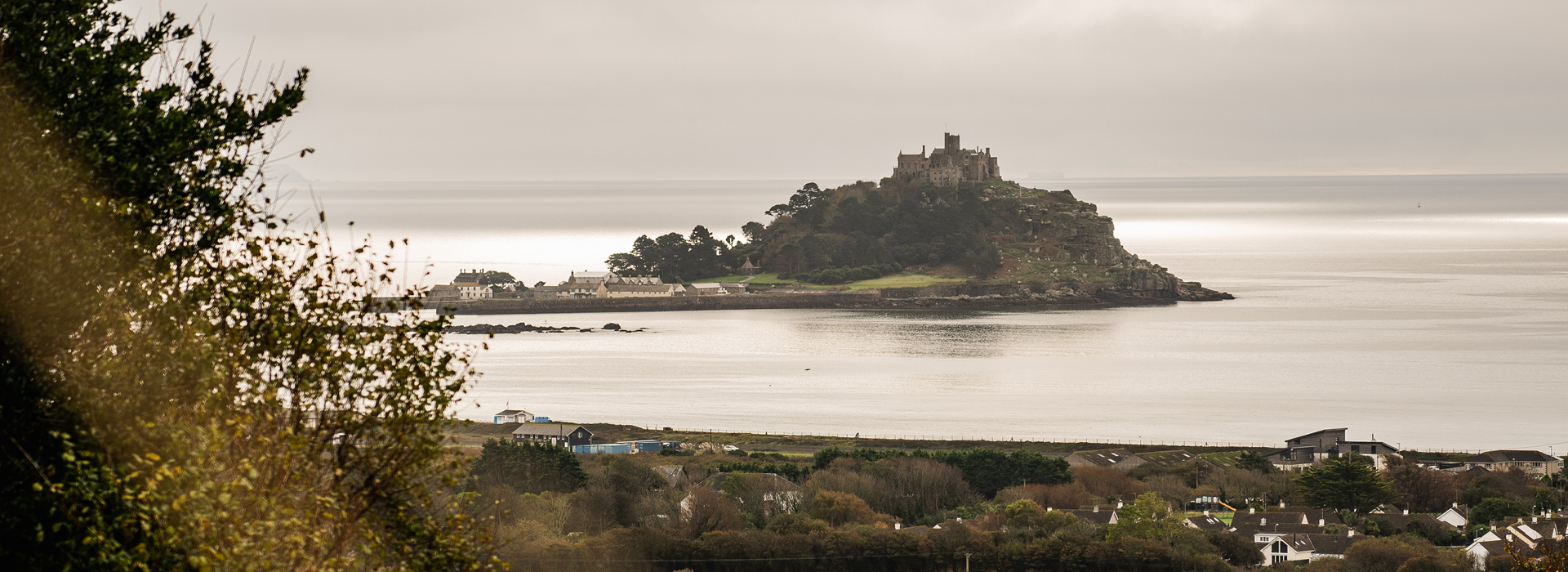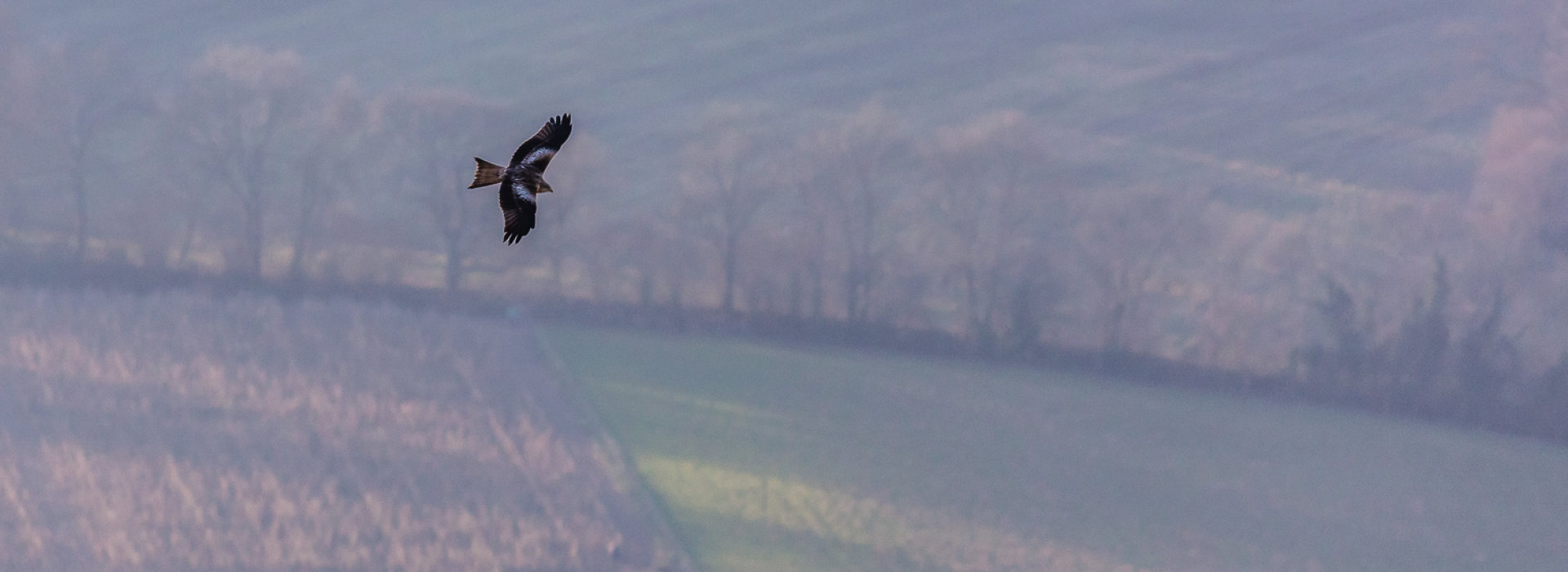Top tips for cold weather walking

Prepare for walking in cold weather
11/10/2022
Top tips for cold weather walking
Now that temperatures are dropping and dark evenings are setting in, it’s important to know how to keep comfortable and safe as we defy the bad weather and continue to enjoy our outdoor adventures.
Longer, warmer days will be back, but for now we’re waking up to fresh, frosty mornings and getting home to refreshingly brisk evenings. At Rohan, exploring the outdoors is what we do. We’ve put together our top 5 tips for cold weather walking so, rather than being put off by colder temperatures and earlier sunsets, you can keep exploring. Here’s what we recommend…

Layer up
We know that layering up is far more effective when it comes to keeping warm than one big, outer layer. That’s why we devised our 5-Layer System – to show how to strike a balance between heat retention and heat loss, using an adaptable layering system.
Starting with a lightweight base layer that’ll wick moisture away from your body is key to keeping your skin dry. In icier temperatures, or for less-active adventures, merino wool blends will keep you cosy. And on milder days, or if you’re planning for faster-paced exploring, synthetic fabrics are the perfect choice.
Next up, mid-layers and soft shells. Although their main function is to provide insulation, these layers also continue the job of a base layer and wick moisture through the clothing system. The best mid-layers are lightweight with built-in stretch, so they move with you, and the best soft shells are water repellent, dry quickly and pack down easily into your bag.
Wear your insulation layer when the temperature has really dropped, or when you’re taking a break. It traps dry air to keep you warm, and layers perfectly under a hard shell, which is there to shield you from wind and rain for extra-toasty, waterproof protection.
We never know what the British weather is going to do, so you might also want to pack some extra layers when you’re heading out for the day. You can throw these on when you stop for coffee, your lunch break, or at the top of a hill for a breather, and continue to keep the chill at bay even when you’re not moving.

Day trip in daylight
If you’re heading out for a long walk, make the most of daylight hours. Outdoor safety experts Adventure Smart recommend planning for shorter daylight hours, as it gets dark much more quickly when the skies are overcast.
If you know you’ll be out for longer than it will be light, it’s best to start your trip in the dark so you can get home in daylight. The further you walk, the more tired you’ll be, so it’s safer to be navigating your way back while the sun is up.
As well as packing layers, an easy way to combat the chill of a dark afternoon is to make sure you have a few warm accessories in your bag. Cosy hats, gloves and scarves take up hardly any space or weight and can be put on quickly when the temperature starts to drop.

Combat the clouds
Even in the middle of the day, skies can be cloudy, and sunshine can be scarce. Sometimes sunset hits earlier than expected, and sometimes walks are planned a little too ambitiously and end up out-lasting daylight. Bright clothing and accessories like head torches mean you’ll stay visible to anyone you’re walking with, and they’re an excellent safety precaution if you’re walking close to roads or on unlit paths.
Stick to sturdy grips
Wet weather and frosty spells overnight make paths slippery, so it’s important to be prepared with a pair of durable walking boots or shoes that have a sturdy sole and reliable grip. Teamed with being careful and keeping a lookout for puddles and slippery patches of mud on your walking trips, supportive footwear will boost your stability on rough terrain, especially when fickle weather has made our regular walking routes more unpredictable than usual.
Take your time
This time of year in the UK doesn’t just mean colder temperatures, it means ice, wind and rain; muddy footpaths and lots of puddles. Paths that you’ve walked countless times before can look wildly different when cloudy skies lead to dwindling light; it’s always best to schedule in more time than you think you’ll need for your walk. Slow your pace, take extra care when navigating the trails, and enjoy your outdoor adventure.
Do you have any recommendations for us? Let us know your top tips for bad weather walking over on our Facebook or Instagram pages, we’re always keen to hear about our customer’s adventures!